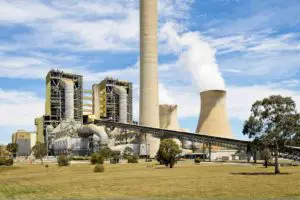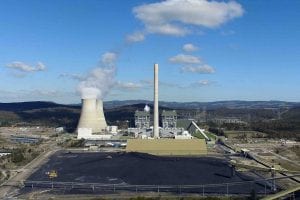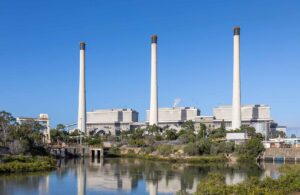Australia’s fleet of ageing coal fired generators are going broke and are likely to become less reliable in the future as operators stop maintaining them, according to the chair of the federal government’s key energy advisory body.
Chair of the Energy Security Board, Kerry Schott told the Smart Energy Conference on Wednesday that there was no need to worry about the ongoing presence of coal fired power stations in the electricity market, telling the conference that economic pressures on incumbent generators was mounting and will push them out of the market.
“The coal generators are going broke. So those of you who are worried about coal retiring, please don’t. It’s happening, and it’s happening for commercial reasons,” Schott said.
“Just have a think about the way electricity gets dispatched – they get dispatched on the basis of who’s the cheapest, and the cheapest is wind and solar. They have fuel costs that are zero. So their marginal cost is effectively zero.
“But if you run a coal plant, you’re buying coal, and you could well be, if you’re buying black coal, paying $40 a tonne, and you’re burning this stuff because of the technology, every minute of the day,” Schott added.
Schott said the economics of operating a coal plant are working to push ageing plants out of the market sooner because it makes less and less sense to spent money maintaining the plant. This will lead plants to become unreliable, and their eventual retirement will only come sooner.
“If you are a commercial operator of a coal generator, you’ll start spending less on maintenance because it’s not worth it,” Schott said. “Which means that you’re liable to become more unreliable, and you are likely to not operate as well as you used to, and you will stop sooner.”
Schott’s message echoes the recent comments made by numerous energy market analysts that say coal plants are becoming rapidly unprofitable – as well as the CEO of Origin Energy, Frank Calabria, who recently flagged that the company was looking to adjust the way it operates the Eraring coal plant, following changes in market conditions.
As part of a proposed redesign of Australia’s main electricity market, the Energy Security Board is set to recommend the creation of a new ‘physical retailer reliability obligation’ which would offer financial incentives for coal and gas plants to remain in the energy market, paying them to keep their capacity available for potential dispatch.
The proposal has been met with criticism from advocates of an accelerated transition to clean energy, who say the ‘physical retailer reliability obligation’ would only lump consumers with the costs of propping up otherwise ailing coal plants.
Green Energy Markets analyst Tristan Edis later told the Smart Energy Conference that providing subsidies for unprofitable coal plants in an attempt to keep them in the market for longer was not a good idea and would “only make matters worse”.
But Schott said that was still a need to keep some level of dispatchable thermal capacity in the market to maintain secure supplies. Schott said that the market share of renewable energy sources could still continue to grow significantly before any major concerns arose about managing variable supplies of electricity.
“We can cope and keep the system operating with 75 per cent renewables, but once we get past that point, the technology starts getting really tricky,” Schott said.
“We are waiting for technology changes to help us increase that percentage, but as we stand at the moment, we can certainly hit 75 per cent of the NEM without any trouble. But it’s the remaining 25 per cent that we’re relying on storage of hydro and batteries, and increasingly, a bit of gas.”
“And when I say a bit of gas, it’s not gas that is necessarily running all the time. It’s just running when, because of weather, we don’t have sufficient renewables or storage,” Schott added.







